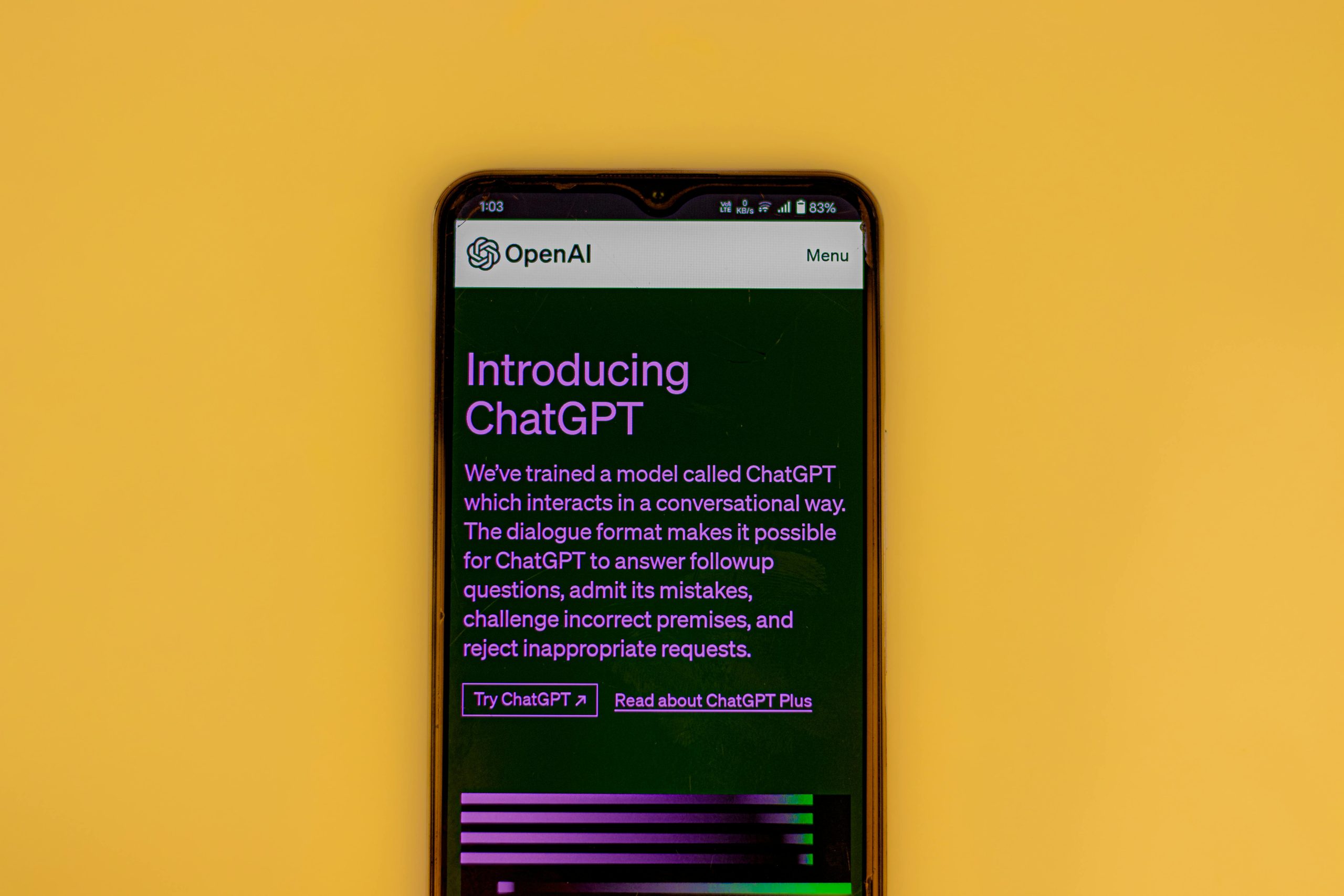How I went from $800 in failed AI generations to actually profitable veo3 content (complete breakdown)
From $800 in Failed AI Generations to Profitable veo3 Content: An In-Depth Breakdown
In the rapidly evolving world of AI-generated content, many creators face a steep learning curve, often incurring significant costs before discovering what truly works. After burning through over $800 on unsuccessful AI videos and enduring countless frustrations, I’ve refined a systematic approach that has transformed my results—turning AI video creation from a costly hobby into a profitable venture.
If you’re new to AI-generated video or struggling to get consistent quality and ROI, this comprehensive guide is for you. I’ll share the core philosophies, technical strategies, platform considerations, and workflows that have helped me move from trial and error to consistent success.
Embrace a Volume-Driven Philosophy
The most crucial lesson? Stop chasing perfection—start generating consistently.
Initially, I believed that crafting the “perfect prompt” and generating one video at a time was the way to go. This approach is slow, expensive, and rarely yields success on the first try.
Instead, generate multiple variations (8-12) of each concept and select the best. This simple shift skyrocketed my success rate from around 10% to approximately 70%. The key is to iterate quickly and leverage volume to find what works.
Prioritize Early, Cost-Heavy Words in Your Prompts
AI models like veo3 weigh prompt elements differently depending on their position and prominence.
Consider the following examples:
-
Poor Prompt: “A person walking through a cyberpunk city at night”
-
Improved Prompt: “Cyberpunk woman, confident stride, neon-soaked street”
Positioning impactful keywords at the beginning or emphasizing them early ensures the AI prioritizes these elements, leading to more relevant results.
Master the Technical Framework
A consistent prompt structure can dramatically improve output quality. A baseline that works for approximately 90% of content looks like this:
[SHOT TYPE] + [SUBJECT] + [ACTION] + [ENVIRONMENT] + [CAMERA MOVEMENT] + [AUDIO]
Real-world example:
- “Close up, hacker typing frantically, green code reflections on face, underground bunker, slow zoom in, Audio: mechanical keyboard clicks, distant server hums”
This clear framework helps the AI understand exactly what you want, reducing unnecessary iterations.
Leverage Audio Cues for Authenticity
Audio is often overlooked but plays














Post Comment